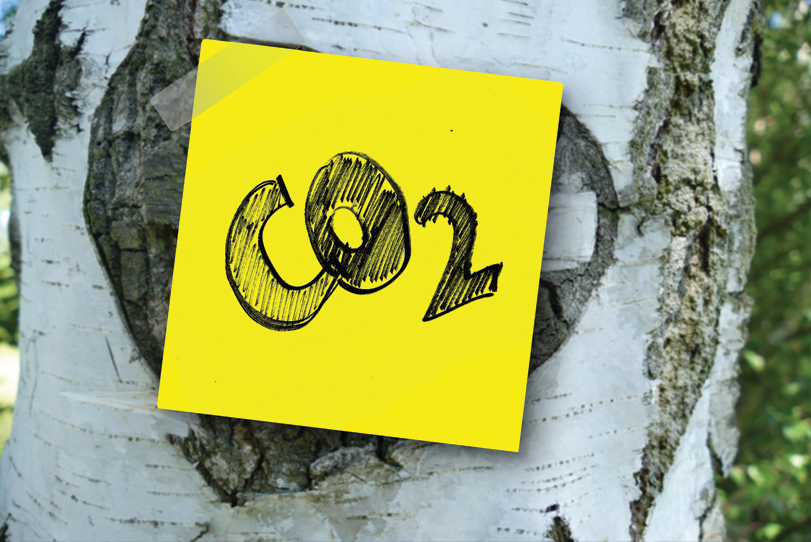A new report discovered that a combination of district heating systems with energy efficiency optimisation can decarbonise its heating and cooling sector by 2050. Interestingly, heating and cooling is responsible for 50 per cent of the EU final energy demand. Hence, tackling this sector is essential for the EU to meet its target of being carbon neutral by 2050. District energy can significantly contribute: in fact, if EU member states build a total of 21,500 new district heating systems and integrate these into smart energy systems, the Union’s heating and cooling sector can be cost-effectively decarbonised by 2050.
However, this is just one of the key findings in a new report issued by Aalborg University, Denmark. Energy savings will further be substantial, particularly when district heating systems are combined with energy efficiency optimisation.
“The report’s findings are kind of encouragement for our efforts to mitigate climate change. Now we have a concrete roadmap outlining the actions needed to decarbonise heating with the help of efficient district energy. With the available possible technologies, Not only is decarbonisation possible with the technologies we have today, it can also be done in a very cost-efficient way if we act now. And, as Danfoss, we are ready to help make this happen with our products and solutions to make district heating systems as energy efficient as possible” says Lars Tveen, President of Danfoss Heating.
Low temperature district heating, for example, can contribute with savings of up to 120 Terawatt hours per year, an amount equal to the combined district heating supply in Germany and Denmark today. In such systems, the temperature of the water, running into homes and buildings to provide heat, is only about 50° Celsius compared to 70-120° in traditional systems. This makes systems more efficient and allows for the integration of more sustainable energy sources, such as geothermal or waste heat.
In money, the savings will amount to billions of Euros annually, even when you include the cost of constructing the district heating systems.
“Net zero emissions in Europe are certainly achievable technically and economically. It does however require political changes in regulation. Our research shows that we need more than 21.500 new district heating systems in Europe and a massive billion euro investment in better buildings until 2050. I hope the new Commission with Ursula von der Leyen in charge will make Smart Energy Systems coupling electricity, heat and gas grids a core part of Europe’s Green New Deal and an input from Europe to COP25 in Madrid,” says Brian Vad Mathiesen, Professor in Energy Planning and Renewable Energy Systems, Aalborg University.
“3rd and 4th generation DHC Systems are the most efficient way to decarbonise dense areas like City Centers, or tertiary or industrial parks, and will be the backbone of the sustainable City of Today and of Tomorrow. Engie believes that modern DHC will create tremendous value for customers and stakeholders and has identified it as a privileged growth vector”, Michael Schack, Group Director Operational Marketing, Global Industrial Hub of ENGIE.
Danfoss makes a wide range of products and solutions helping control and cut down energy-use in district heating systems and buildings, including substations, heat pump components, heat exchangers, monitoring equipment, and valves.
Danfoss and French utility company Engie have sponsored the report which was published by Aalborg University. The report addresses a gap in existing knowledge on how to decarbonise Europe’s heating and cooling sector.
For more information, visit:
www.danfoss.com
Cookie Consent
We use cookies to personalize your experience. By continuing to visit this website you agree to our Terms & Conditions, Privacy Policy and Cookie Policy.














